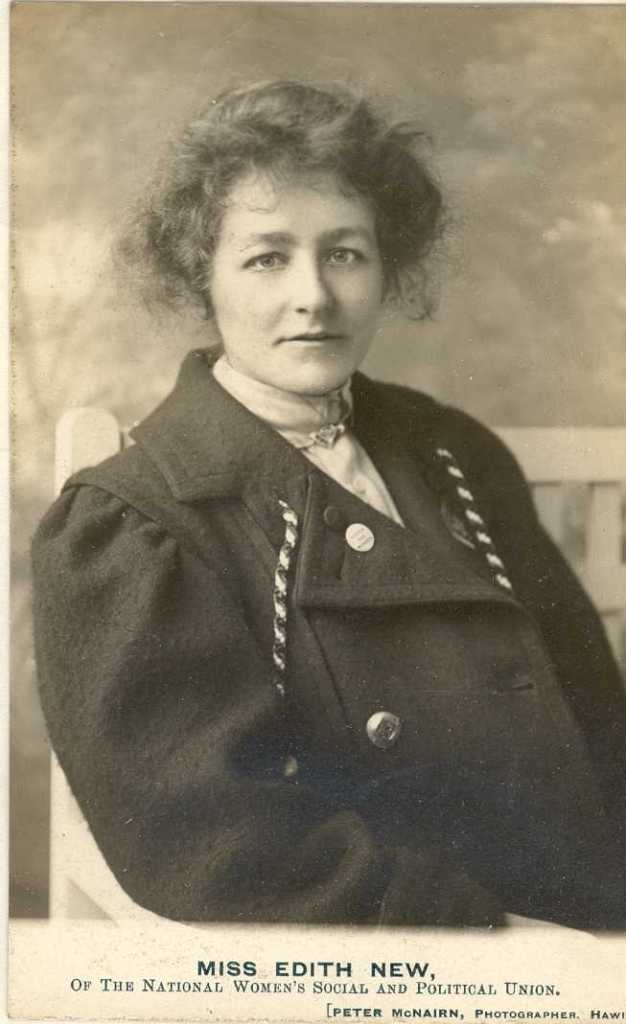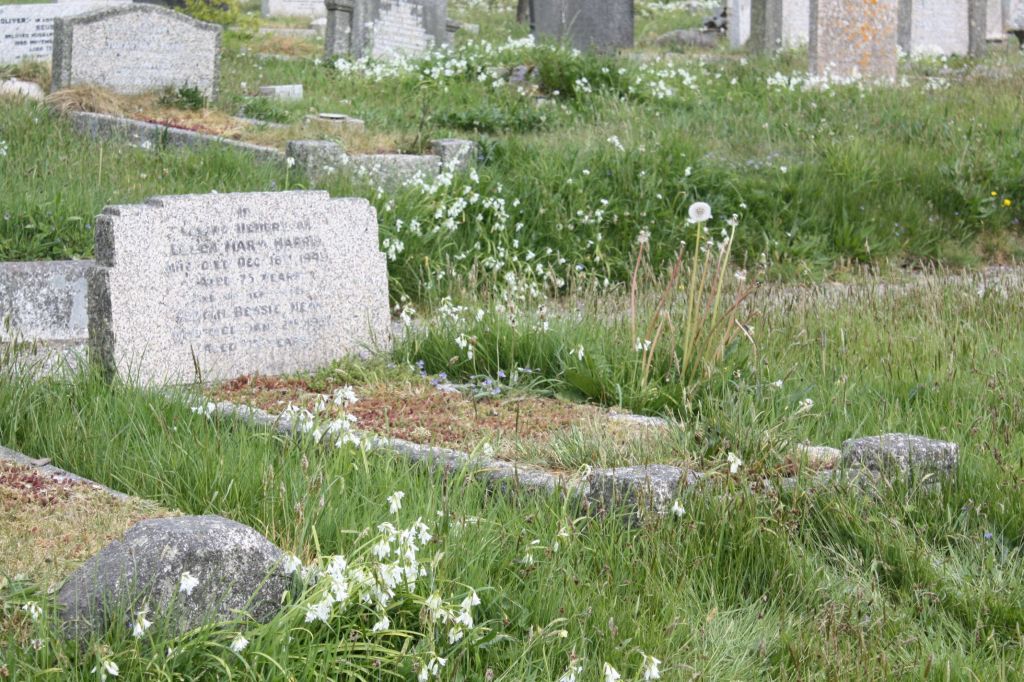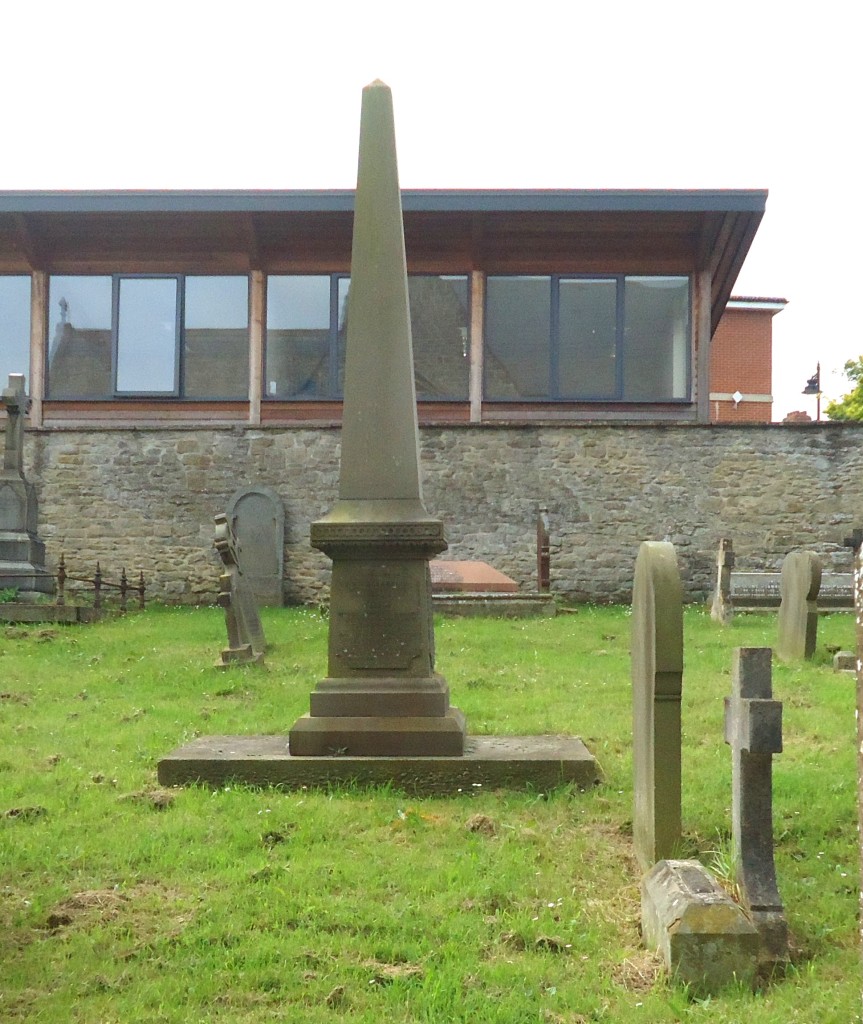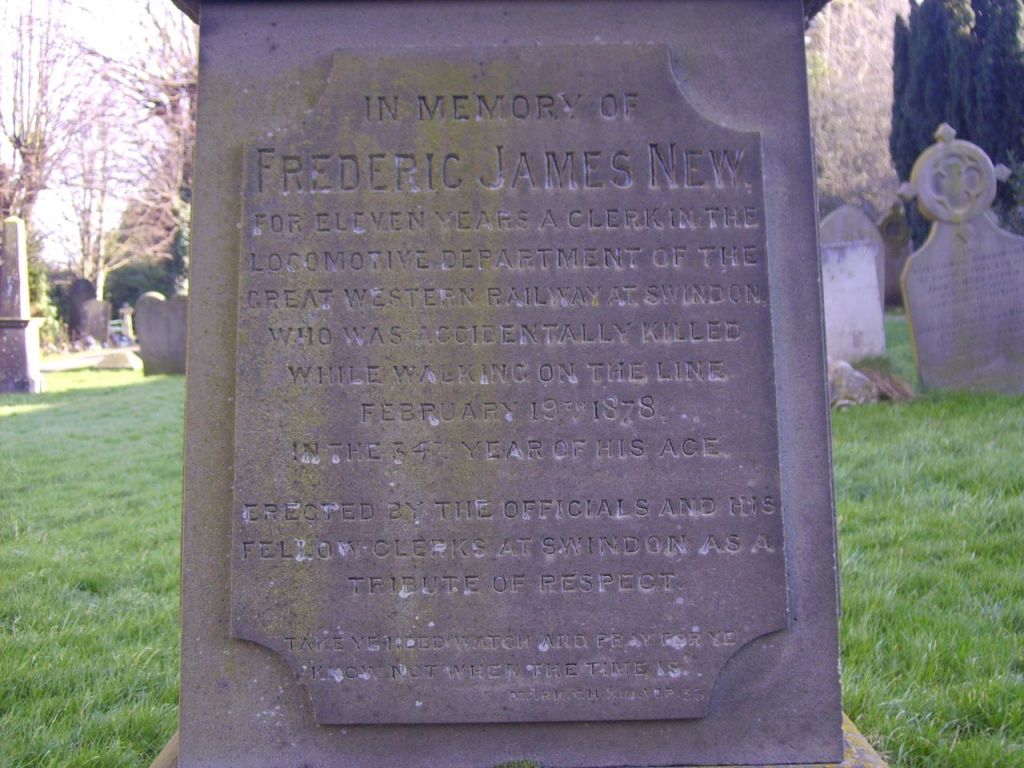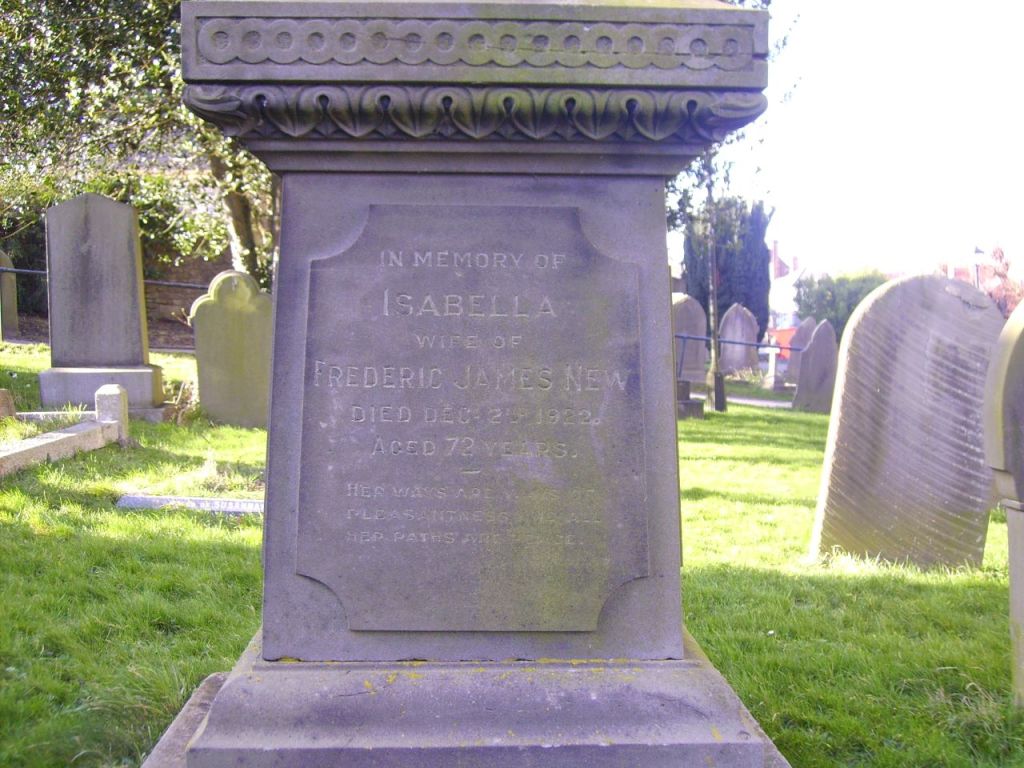Continuing the story of Swindon Suffragette Edith New and her family.
Round the other side of Christ Church churchyard we met Edith’s four great aunts, the Frampton sisters. Here we meet her grandparents, William and Jane Frampton.
Jane was born in Cricklade in 1816, the daughter of John and Ann Akers and William was born in Swindon in 1813, the son of James and Ann Frampton. However, when the couple married it was at St. Mary’s Church, Whitechapel in the East End of London on May 24, 1837. The entry in the parish registers states they were married by banns, which had to be called over a three-week period, and that they were both said to be ‘of this parish.’
By the time of the 1841 census they were back in Swindon living in a house in Prospect Place and their eight children were all born and baptised in Swindon, the older ones in Holy Rood and the three younger ones at Christ Church.
William owned several properties in Old Town and you might have expected the family led a settled, prosperous life, but they were not without their problems.
In 1851 William declared himself bankrupt. The bankruptcy notice declared that he owned two houses and shops in Wood Street, two houses in Prospect Place, the Victoria Inn and an adjoining house in Victoria Street and four dwellings in Union Row.
Five years later he was back in business working as a carpenter, builder, appraiser and undertaker and by 1861 he was working as a builder and living in Wood Street.
Quite how he dealt with this set back in the 1850s remains unknown but it must have been a huge worry to Jane. Again, we know so little of her life. And again, I’m left wondering if all this made an impact on the way Jane raised her daughters, especially Isabella, Edith’s mother who was widowed young with small children. Was there always a sense of insecurity in the family with the women picking up the pieces? It would be so interesting to read first hand accounts of these women’s lives.
Perhaps we should all commit to writing down our own histories, not as a great work of literature but just to inform those that come after.
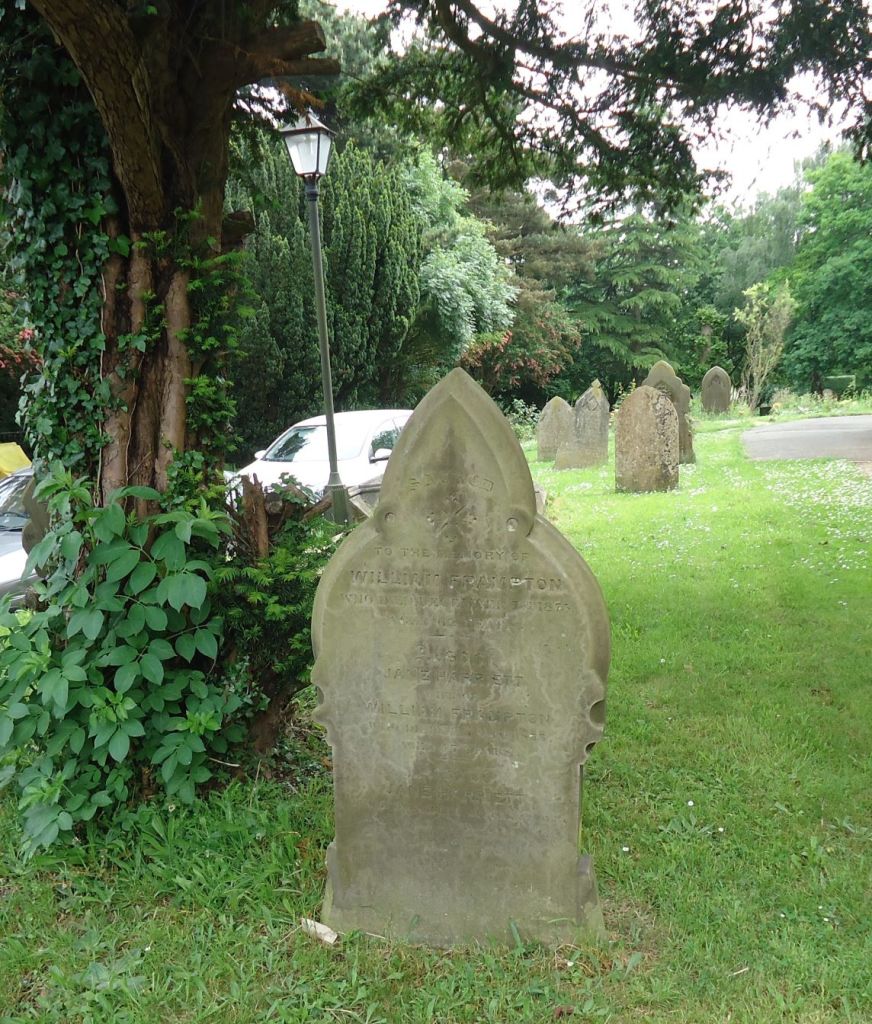
Jane died in May 1873 aged 57 and William died in December 1875 aged 62.

